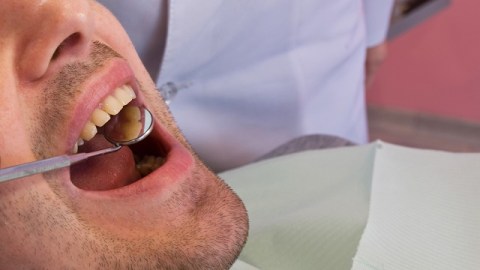Who Knows What Lurks In The Mouths Of Men?

What’s the Latest Development?
Researchers at National Taiwan University managed to pack sensors onto a tiny circuit board, which they then implanted into a pair of dentures. On tests done with denture wearers, and using special machine learning software, they were able to distinguish jaw motions associated with different activities — chewing, speaking, smoking, and the like — with 94 percent accuracy. They plan to present their work at the International Symposium on Wearable Computers in September.
What’s the Big Idea?
The prototype represents a first step toward being able to determine patients’ oral habits in real time. The team’s next steps include making the device even smaller so that it can fit into a cavity or crown, adding a microbattery — the prototype was connected to an external power source — and, if possible, adding Bluetooth to enable data transmission to a smartphone app. If they’re successful, says Trevor Johnson of the UK’s Faculty of General Dental Practice, “[t]his could have a number of uses in dentistry, for example as a research tool, for monitoring patients who clench or grind their teeth, and for assessing the impact of various dental interventions.”
Photo Credit: Shutterstock.com





